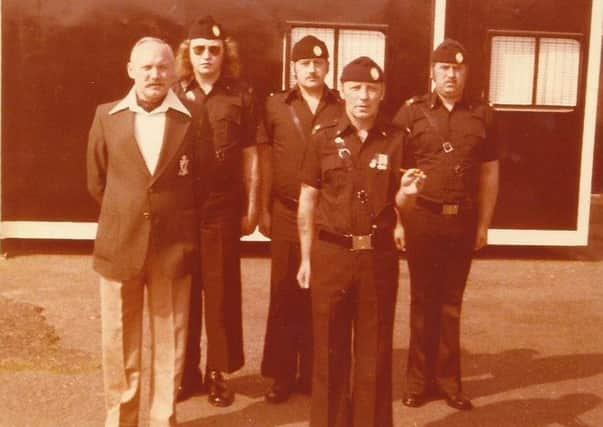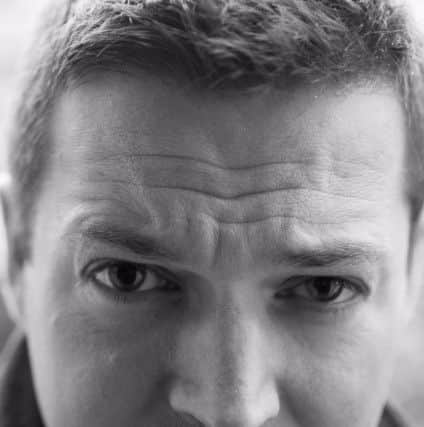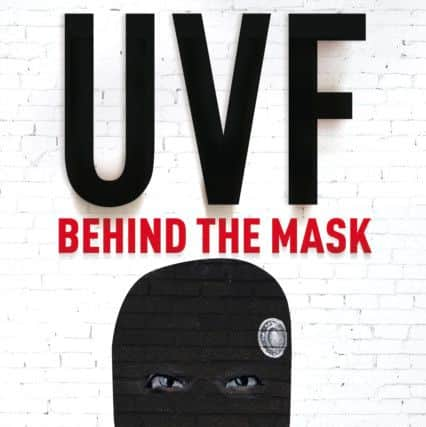Serious questions about where the UVF will go in future


It is a story detailing many of the 564 deaths attributed to the UVF and its satellite group, the Red Hand Commando.
It makes for uncomfortable reading in parts.
One of the most important aspects of the book is not the startling new revelations about why and how the UVF carried out its campaign.


Advertisement
Hide AdAdvertisement
Hide AdRather, the book raises serious questions about the future of Northern Ireland and the ongoing failure to deal with the past.
In my concluding remarks in the book I highlight the UVF’s failure to transition to a fully civilianised role.
The evidence pointing to the continuing existence of all paramilitary groups in Northern Ireland was compiled by the Police Service of Northern Ireland and MI5 in October 2015 in the wake of a Provisional IRA murder.
They revealed that Provisional IRA members still believe that the IRA’s Army Council continue to oversee the strategy for ‘the Army’ and their ‘conjoined twin’ in the form of Sinn Fein.


Advertisement
Hide AdAdvertisement
Hide AdUnsurprisingly, when the subsequent panel was appointed by the NIO to look into the activities of paramilitary groups, it recognised that difficult challenges remained.
Over 20 years after the paramilitary ceasefires, the panel found that these ‘groups continue to exist and the activities of some of their members continue to impact adversely upon everyday life for many individuals, businesses, public services and communities in Northern Ireland.’
Startlingly, the consensus appears to be that even though the paramilitary leaderships continue to remain committed to the peace process, some of their membership are heavily involved in crime.
Interesting, these reports also pointed to the continuing recruitment of new members to paramilitary groupings.


Advertisement
Hide AdAdvertisement
Hide AdThat the UVF recruited to recruit long after the 1994 ceasefires is something of an ‘open secret’.
The question my book poses is why does the UVF continue to exist? I put this question to one man close to the group.
He told me that ‘young people were angry’ and wanted to ‘hit back’.
Loyalist paramilitaries, he intimated, provided the structure by which to channel that disaffection. I am not convinced by this analysis. I think there is more to it than that.


Advertisement
Hide AdAdvertisement
Hide AdIn my book I cite research undertaken by Dr Sean Brennan who has just completed a doctoral thesis at the Queen’s University of Belfast.
He has many years’ experience working in community relations and community development and is an expert on loyalist paramilitarism.
He makes the convincing case that these groups continue to exist because they offer political elites a way of managing their grassroots by way of what he terms ‘paramilitary peacekeeping’.
Dr Brennan suggests that post-ceasefire paramilitary agency provides local politicians with a way to guide – and in some cases discipline and punish – their communities so as to enforce a kind of neo-liberal peace.
Advertisement
Hide AdAdvertisement
Hide AdA complicated phenomenon, neo-liberalism stresses the role of market economics in shaping the way peacebuilding is delivered and how the state governs in an increasingly globalised world.
In this neoliberal environment, post-ceasefire paramilitaries increasingly take on a new role. Like the Provisional IRA, the UVF has sought to adapt with a new generation of leaders.
However, until the political environment truly changes, it is likely that the spectre of paramilitarism will continue to haunt Northern Ireland.